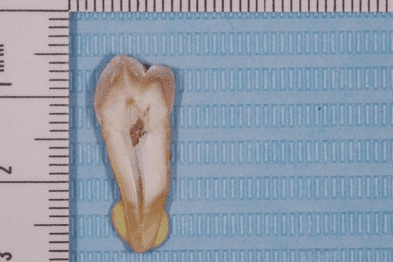Summary: a DNA methylation age inference method, combined with Sequenom MassARRAY technology, can  reduce the error of the age to 4.7 years.
reduce the error of the age to 4.7 years.
Age estimation is one of the most important topics in the field of forensic medicine. Especially for juvenile delinquency, highly corrupt bones of the dead and nameless corpse, it can provide the scope of investigation and clues for the search source of the corpse. In addition, according to the biological evidence from the scene, it is also important to infer the age of the suspect in the practice of forensic medicine.
Traditional individual age assessment is based on physical and chemical properties of bones, teeth and other kinds of materials in organization, along with the age growth of sequential changes. But when forensic samples are tissue debris, hair, stains, etc., this method is often subject to restrictions that can not be achieved or have more errors.
Besides, because of the complexity of the growth and development of organism physiological changes and its influencing factors in microsatellite makers, like telomere DNA length and mitochondrial DNA oxidative damage, there are also technical limitations and judge problems.
In recent years, with the development of epigenetics, it is found that there is a correlation between DNA methylation and age, which brings new hope for the evaluation of the age.
Recently, a new method based on SVR model and DNA methylation is established for the genome and metagenomics research, which will reduce the error of blood sample age prediction to 4.7 years.
The study firstly used methylation microarray to detect whole genome DNA methylation of blood samples from 21 to 32 years old female twins, screening highly correlated sites with individual female age, and verifying in such sites between 20-80 years female blood samples using Sequenom MassARRAY technology, which will further get six highly correlated sites related to age respectively by ordinary linear regression, multivariate nonlinear regression, neural network and support vector regression (SVR) to estimate age. By comparison, the age error predicted by SVR method is 2.8 years, and would be 4.7 years after cross validation, which is better than the other three methods.
The method is expected to infer sample age of biological origin in forensic practice by method of medical sample applicability, accuracy, sensitivity and specificity, so as to provide a new valuable way to solve forensic problems.


 Sample Submission Guidelines
Sample Submission Guidelines